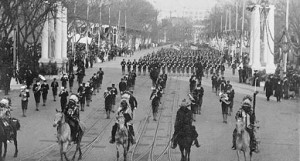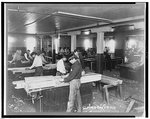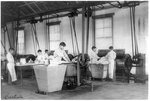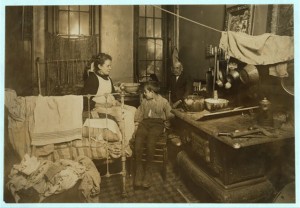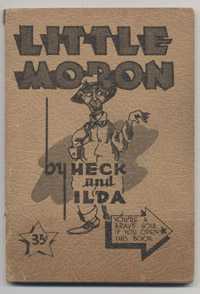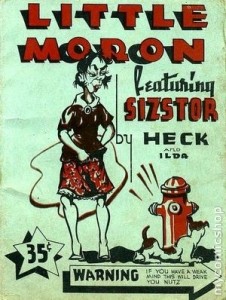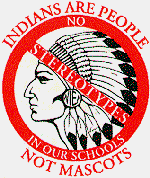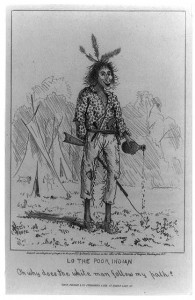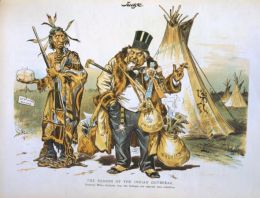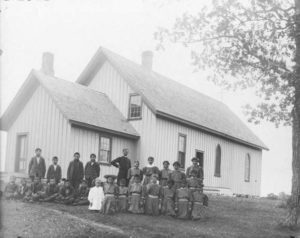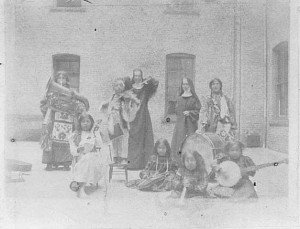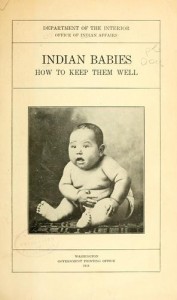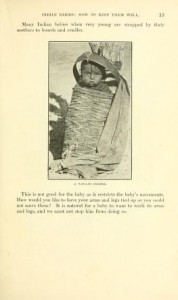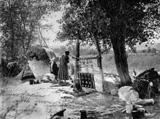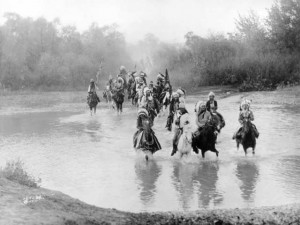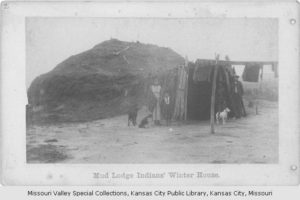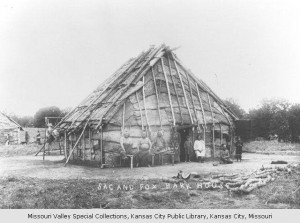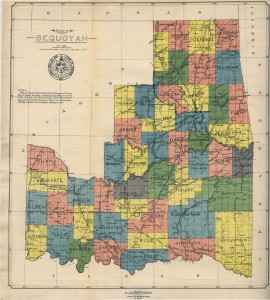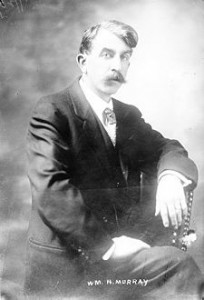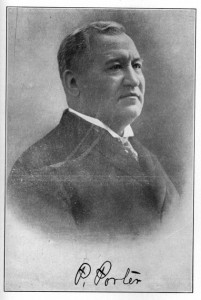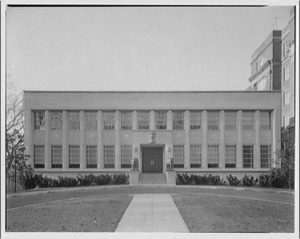
Indian Office , Washington, DC, circa 1920, courtesy Library of Congress
Each year, the House of Representatives conducted hearings on the Indian Appropriation Bill, to approve funding for all the expenses associated with schools and reservations. The Canton Asylum for Insane Indians also fell under this bill.
In 1912, commissioner of Indian Affairs, Robert G. Valentine, supplied information about the asylum’s expenditures the previous year. In 1911, the facility had been allocated $25,000, but only spent $20, 524.81. (Canton Asylum’s superintendent, Dr. Harry Hummer, was determined to come under budget each year).
Employee costs were highest, at $10, 791.18, and their subsistence came next at $4, 066.88. The next two most expensive items were construction and repairs, and then heat, light, and power.
Stationery and office supplies came to $205.88, and “miscellaneous” at $271.99.
The cost for medical supplies for the year: $172.13. Below is a picture of the medical staff at Tulalip Indian School; there are several student nurses besides the staff doctor and nurse. At the Canton Asylum for Insane Indians, the superintendent was also the doctor and the only medical provider. Nurses were not employed there until nearly the end of the facility’s existence.
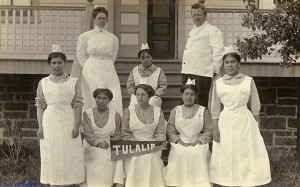
Medical Staff, Tulalip Indian School, 1912, courtesy Library of Congress
________________________________________________________
